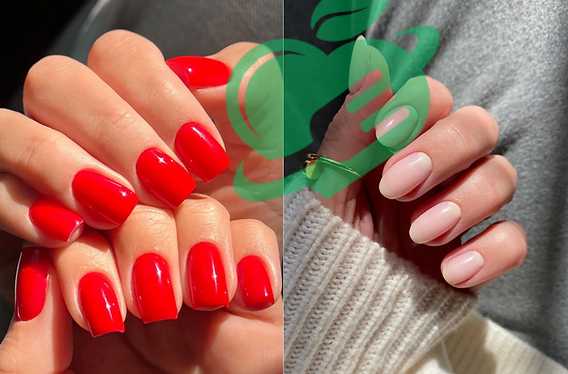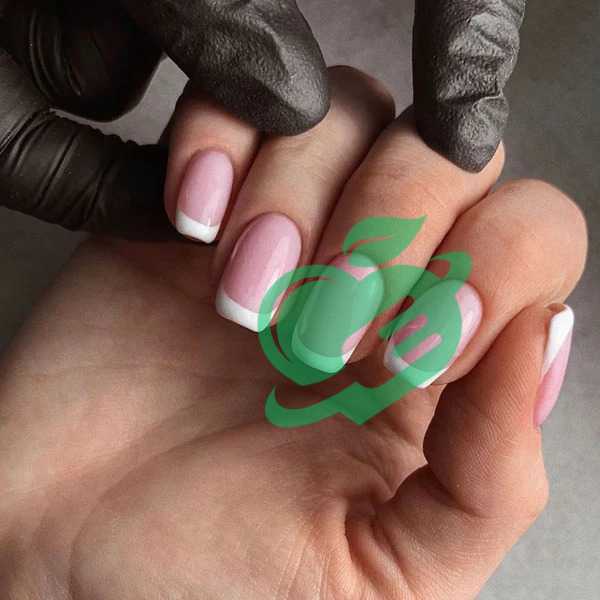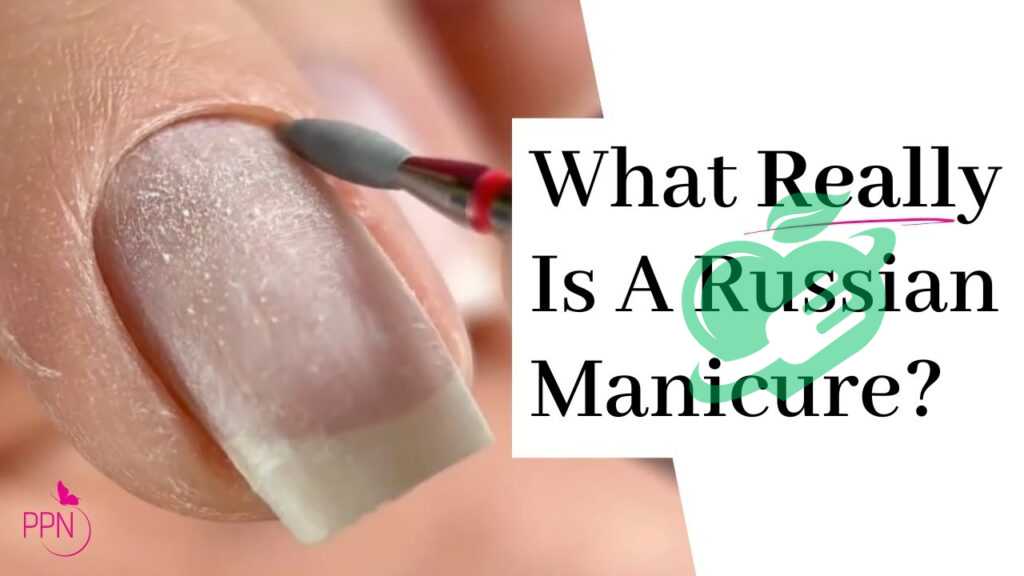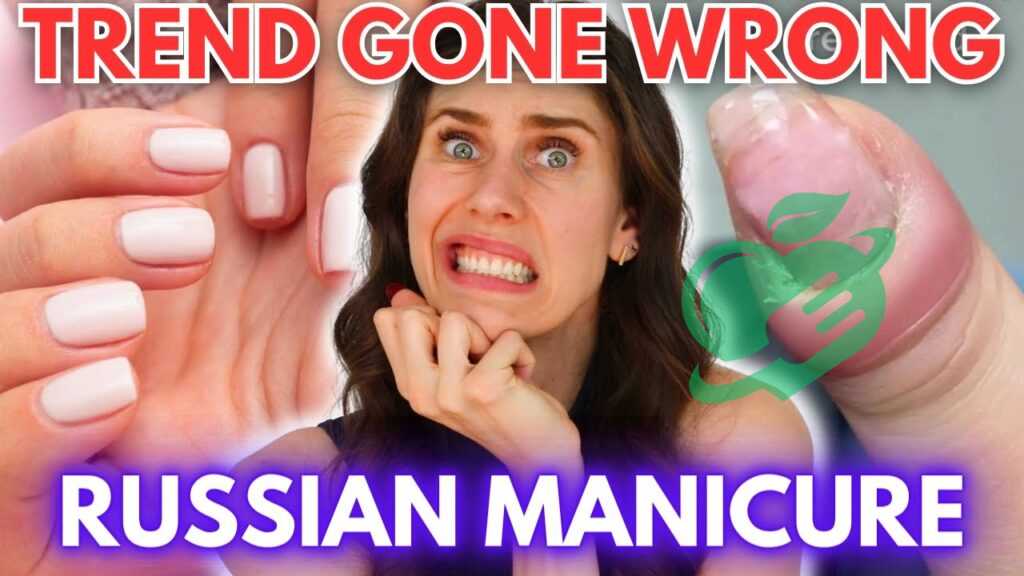What is a ‘Russian Manicure’ and could it have an impact on your health?

Receiving a russian manicure may not seem like a controversial idea, yet one particular nail treatment is stirring up debate and becoming quite a divisive choice at salons.
Although some manicurists have been providing Russian manicures for years, they’ve recently become increasingly popular on TikTok as a favored beauty treatment. Users appreciate the technique’s method of cuticle removal without soaking, claiming it results in neat, flawless nails. “It looks like I’ve got hand model nails,” remarked user Alexus after her manicure.
Nevertheless, the technique has attracted criticism on TikTok from dermatologists and others who argue that emphasizing the cuticle poses significant safety hazards. “It’s important to remember that cuticles serve a vital function,” warned board-certified dermatologist Courtney Rubin in a video discussing the dangers of Russian manicures.
Although such messages raise concerns, you might wonder what additional opinions skin care specialists have regarding the beauty treatment—particularly if it should be avoided for safety reasons. Let’s explore the evidence.
Read also: Get Glowing Skin: How to Deal with Sunspots on Face
What Is a Russian Manicure?

To grasp the debate over Russian manicures, it’s beneficial to understand what the process involves.
Originating in Eastern Europe, the Russian manicure employs a technique that differs from what you might find in many nail salons across the U.S. A key characteristic of the Russian manicure is that it omits the standard practice of soaking the nails in water to soften the cuticle, which is the thin layer of skin at the nail’s base. Instead, manicurists proceed directly to filing the cuticles when they are dry.
Read also : Dye Disasters? 7 Easy Solutions for Removing Hair Dye from Skin
“This method consists of utilizing an electric file to thoroughly trim and tidy the cuticles, resulting in a smooth, ‘ideal’ appearance around the nail bed,” said Hannah Kopelman, DO, a dermatologist with DermOnDemand, to Health.
Russian manicures typically entail the thorough removal of the cuticle. “This contrasts with traditional manicures, where the cuticle is pushed back after soaking and then trimmed using scissors or clippers,” explained Brendan Camp, MD, a dermatologist at MDCS Dermatology in New York City.

Once the cuticles are removed, a nail technician usually smooths the nail bed and applies an additional layer of your preferred polish. The complete process usually takes between two to three hours.
By removing the cuticle and the skin surrounding the nail bed, nails provide a bigger “canvas” for polish, giving them a longer and fuller appearance. TikTok users and celebrities praise this procedure for achieving a perfect finish, expressing that they “will never return” to conventional manicures. Additionally, some people assert that this method endures longer than other manicures, resulting in extended intervals between salon visits.
Read also: Vaginal Pain: Coping with Uncomfortable Symptoms
Are Manicures Safe?

Although the stylish look of a Russian manicure is undoubtedly attractive, some dermatologists are worried about the impact of cuticle removal on nail health. This concern arises because the cuticle serves as a protective barrier, shielding both the nails and the surrounding skin from potentially harmful bacteria.
Camp emphasized that the American Academy of Dermatology advises against tampering with cuticles. He explained that cuticles grow over the base of the nail to provide protection; damaging them could increase the risk of injury or infection for the nail.
Possible infections include onychomycosis, a fungal infection of the nails, and paronychia, which occurs in the skin surrounding the nail, according to Camp. For instance, a 2022 case study discussed a 20-year-old woman who got a Russian manicure and subsequently developed paronychia. She went to the emergency room due to pain, swelling, and pus around her nail, but she recovered following treatment with antibiotics. Kopelman also mentioned that she has observed patients developing cellulitis after undergoing the procedure.
Read also: Biotin Foods You Need for Stronger Nails & Faster Growth!
An infection that starts in the hands has the potential to spread throughout the entire body. “Although it’s not frequently seen, there is a legitimate risk of systemic infection,” said Kopelman. “The invasive technique of the Russian manicure may allow bacteria or fungi to enter the bloodstream if the protective cuticle barrier is disrupted.”
potential issues
In addition to the risk of infections, there are also potential issues related to the health of your nails with a Russian manicure. According to Kopelman, trimming the cuticles too close to the nail bed can weaken the nails, making them more brittle and sensitive. She often encounters patients whose nails have become thinner or weaker due to regular Russian manicures.
Furthermore, continuous damage to the cuticle area can result in chronic inflammation or scarring, which may impact the way nails grow over time.
Read also: Beta Hydroxy Acid Exfoliant That Dermatologists Love
Should You Avoid the Russian Manicure?
Camp didn’t advise completely steering clear of Russian manicures, but he emphasized the need to be conscious of the potential risks. If you choose to get one, he recommends finding a nail technician with substantial experience.
Follow us for more updates and breaking news, as we provide you with everything new.




Zdravo, htio sam znati vašu cijenu.